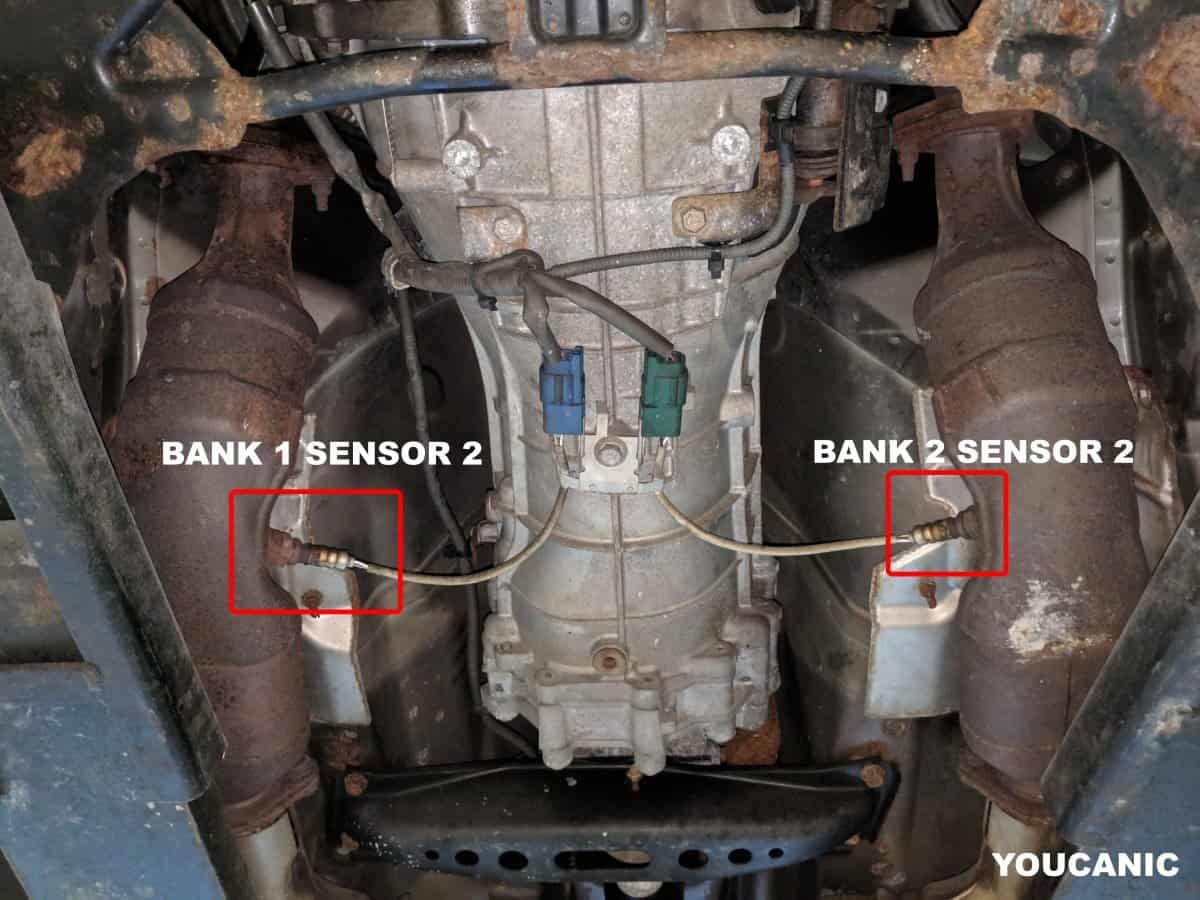Oxygen Bank 1 Sensor 2
Finding Bank One Sensor Two can be confusing. To help you identify Bank 1 Sensor 2 on practically any vehicle, we share pictures of various makes and models that answer some of the most common questions. A bad Bank 1 Sensor 2 oxygen sensor (O2) will trigger the check engine light and must be replaced to pass most states’ smog/emission test. 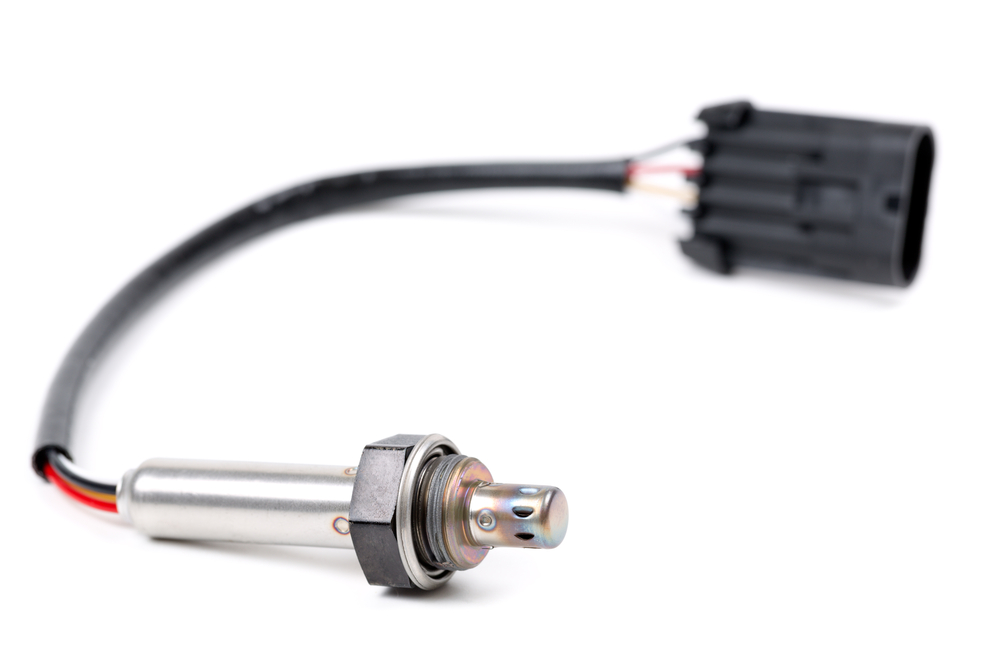
What does Bank One Sensor Two mean??
Bank 1 Sensor 2 is a downstream oxygen sensor in the exhaust after the catalytic converter. The engine bank that contains cylinder 1 is called Bank 1.
V6 and V8 engines have two banks and two catalytic converters, one for each cylinder. To understand precisely, the Bank containing cylinder numbers 1, 3, 5, and 7 is called “Bank 1,” and the cylinder containing 2, 4, 6, and 8 is called ” Bank 2″.
Where are Bank One and Sensor Two located?
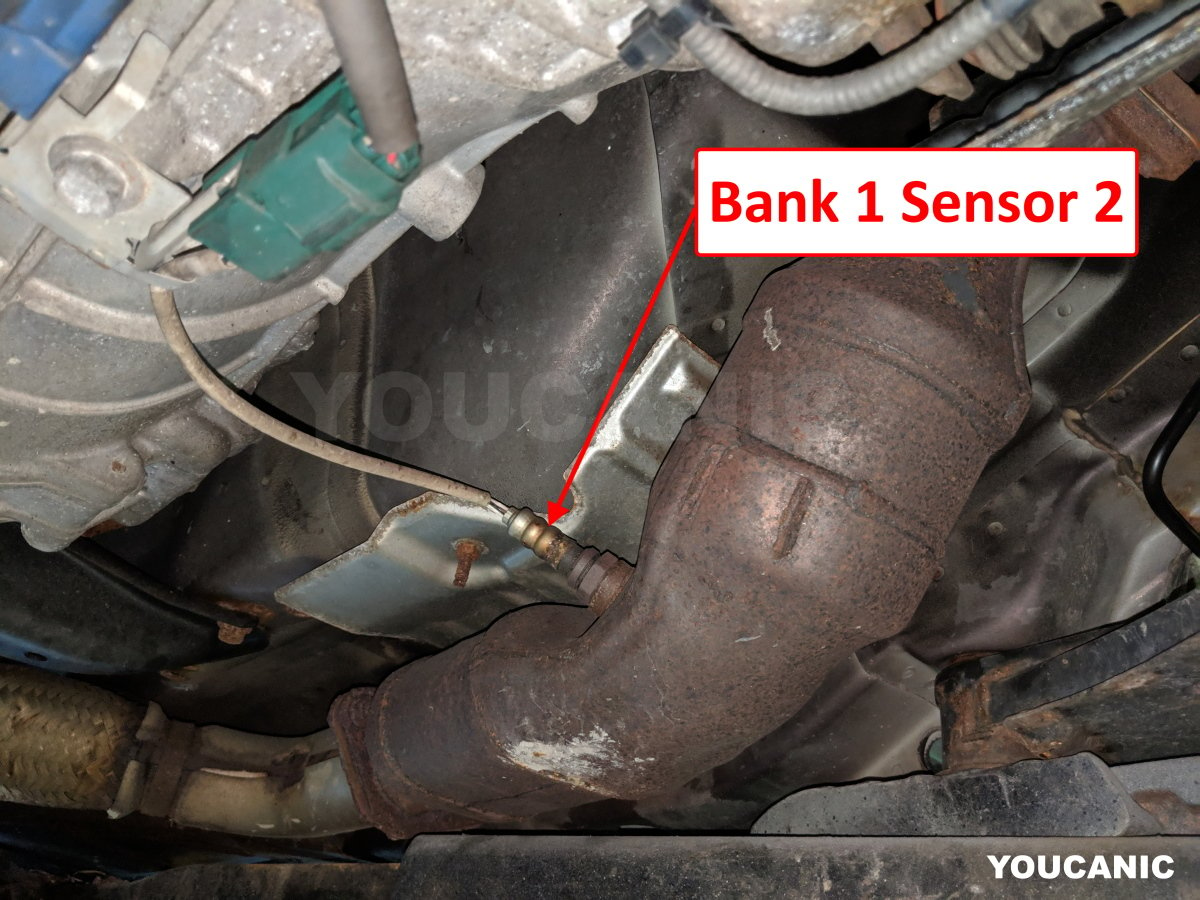
Bank 1 Sensor 2 refers to the oxygen sensor mounted after the catalytic converter. In most cars, you must access and replace the bank 1 sensor and two oxygen sensors from under the vehicle.
Do not confuse Bank One Sensor Two with Bank One Sensor One, which you can see when you open the hood.
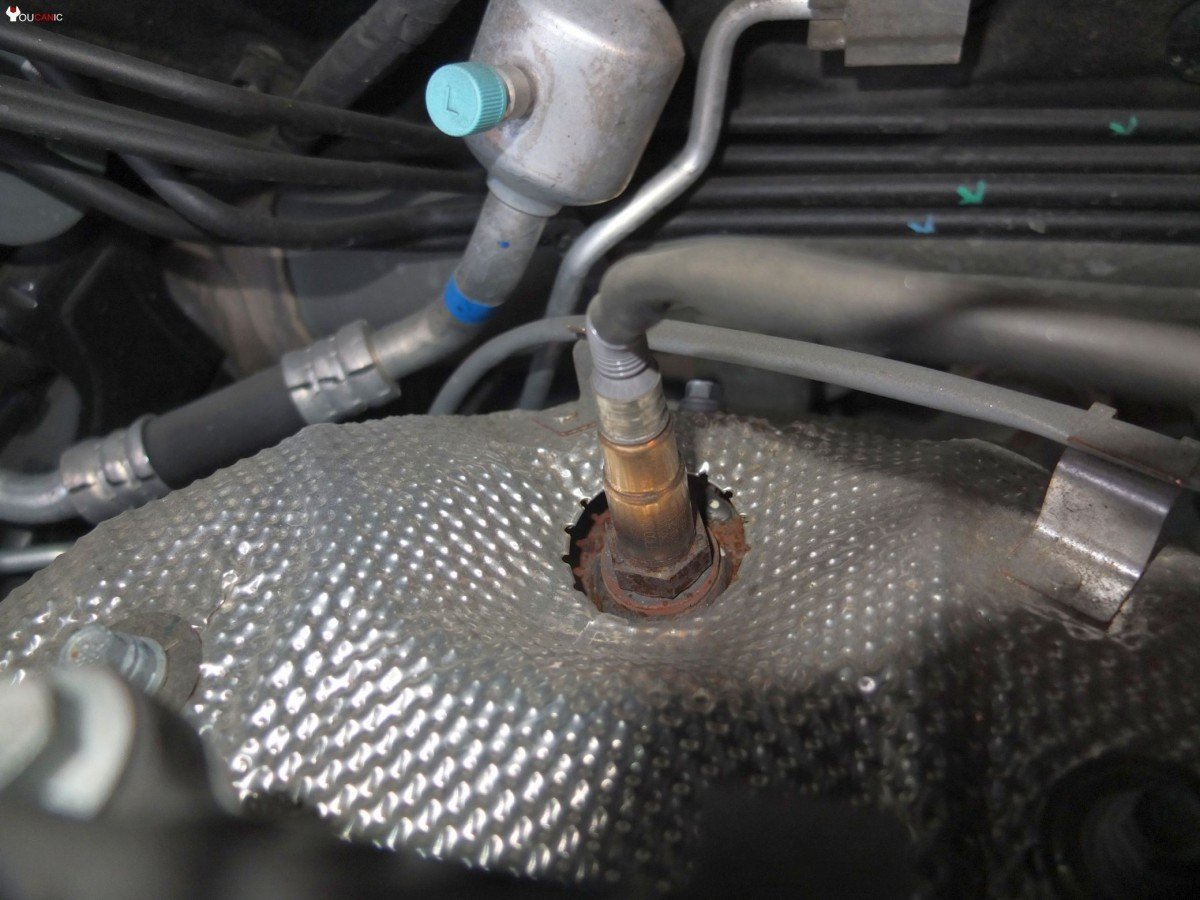
You see the oxygen sensor mounted at the top of the engine before the catalytic converter, bank 1 sensor 1.
How many O2 sensors are there?
After discovering the bank numbers, it is time to analyze the oxygen sensors on the exhaust side. Most four-cylinder modern engines use a setup with two sensors, which increases efficiency and helps them comply with emission standards.
The first one is between the engine and catalytic converter, called sensor 1 or an upstream sensor. It measures raw exhaust fumes’ composition, and the ECU uses this data to adjust the air-fuel mixture. A potential failure of this sensor will impact engine operation and overall performance.
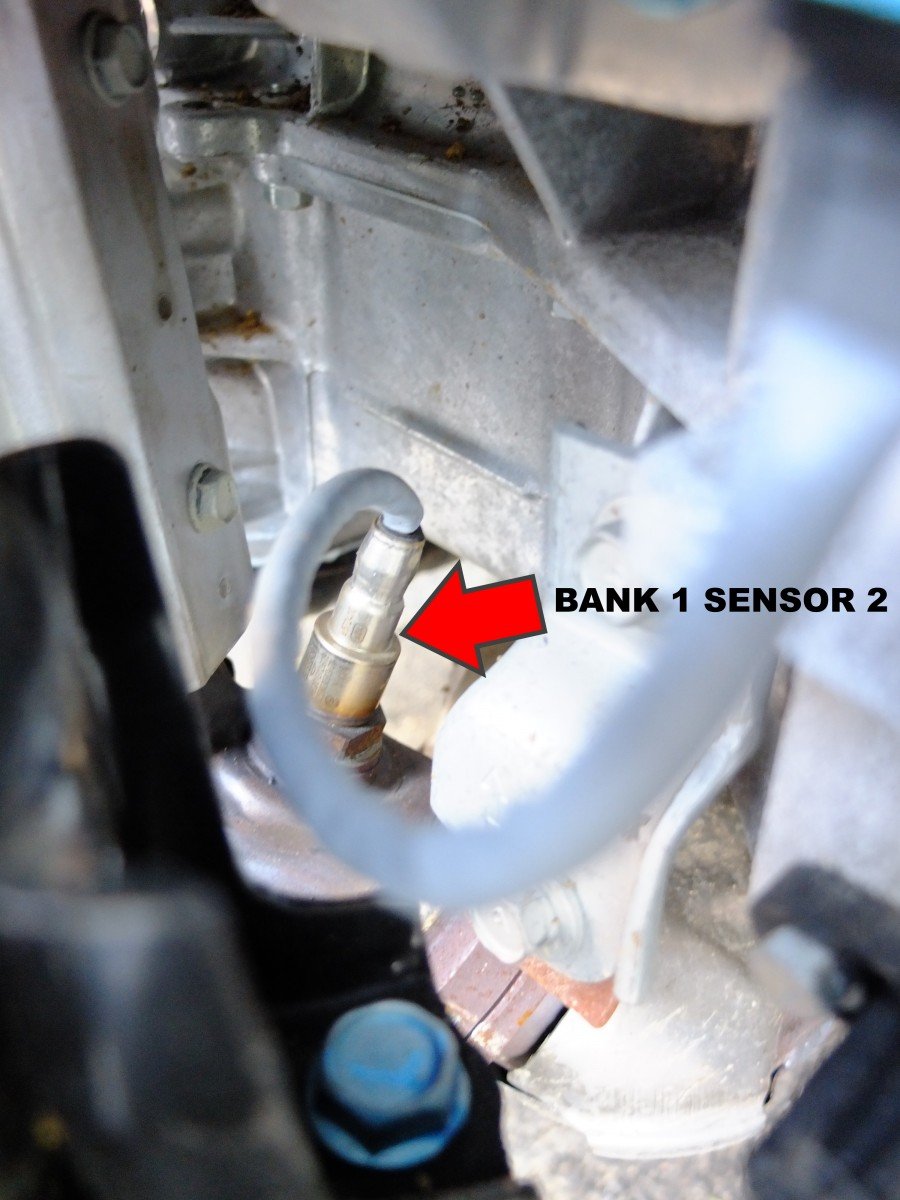
The second sensor, which we call sensor two or a downstream sensor, is installed behind the catalytic converter. Like its upstream counterpart, it measures the composition of exhaust gases. The major difference is that the data helps the ECU determine if the catalytic converter works appropriately. Theoretically, if this sensor fails, there should be no noticeable impact on engine performance.
However, most modern engines incorporate a specific testing interval during which they run rich or lean for a short time. This procedure assesses the condition of oxygen sensors and catalytic converters by monitoring their reactions. False or implausible readings from any sensors may cause rough running or hesitation when speeding up.
Is Bank 1 Sensor 2 upstream or downstream?
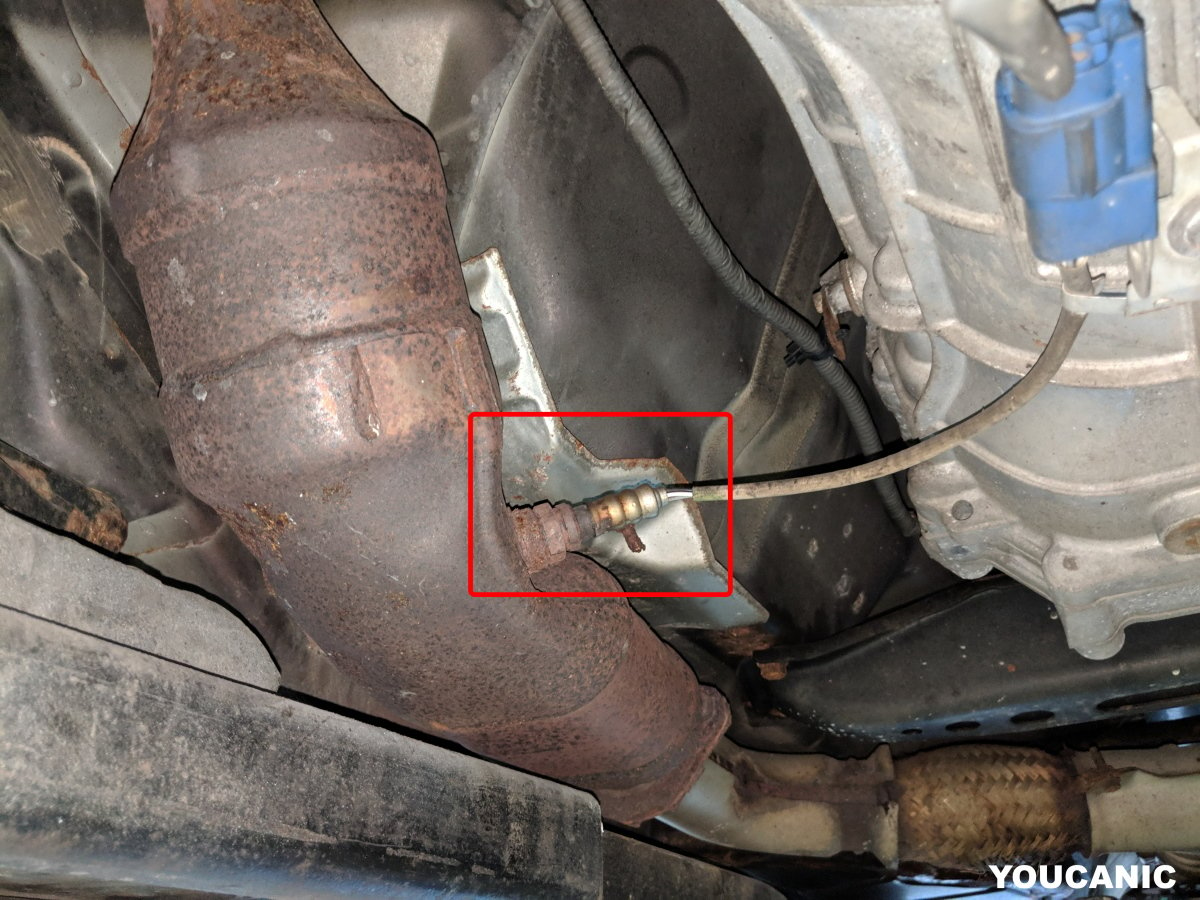
Bank 1 sensor 2 is located downstream, usually behind the catalytic converter.
Regardless of the bank, all oxygen sensors use the same naming pattern. One between the engine and the catalytic converter is upstream or sensor 1. A downstream or sensor 2 is an O2 sensor installed after the catalytic converter.
Where is the Bank 1 Sensor 2 on a V6 or V8 engine?

For vehicles with two catalytic converters, bank 2 sensor 2 oxygen sensor is typically found on the passenger side, post-cat. If cylinder 1 is on the driver’s side, bank 1 sensor 2 shall be found on the driver’s side after the catalytic converter.
What is the difference between O2 Bank 1 Sensor 2 and Bank 2 Sensor 2?

The only difference between these two sensors is their location. They are behind the catalytic converter, but each is on their side of the engine and exhaust.
What are the symptoms of bad Bank 1 Sensor 2?
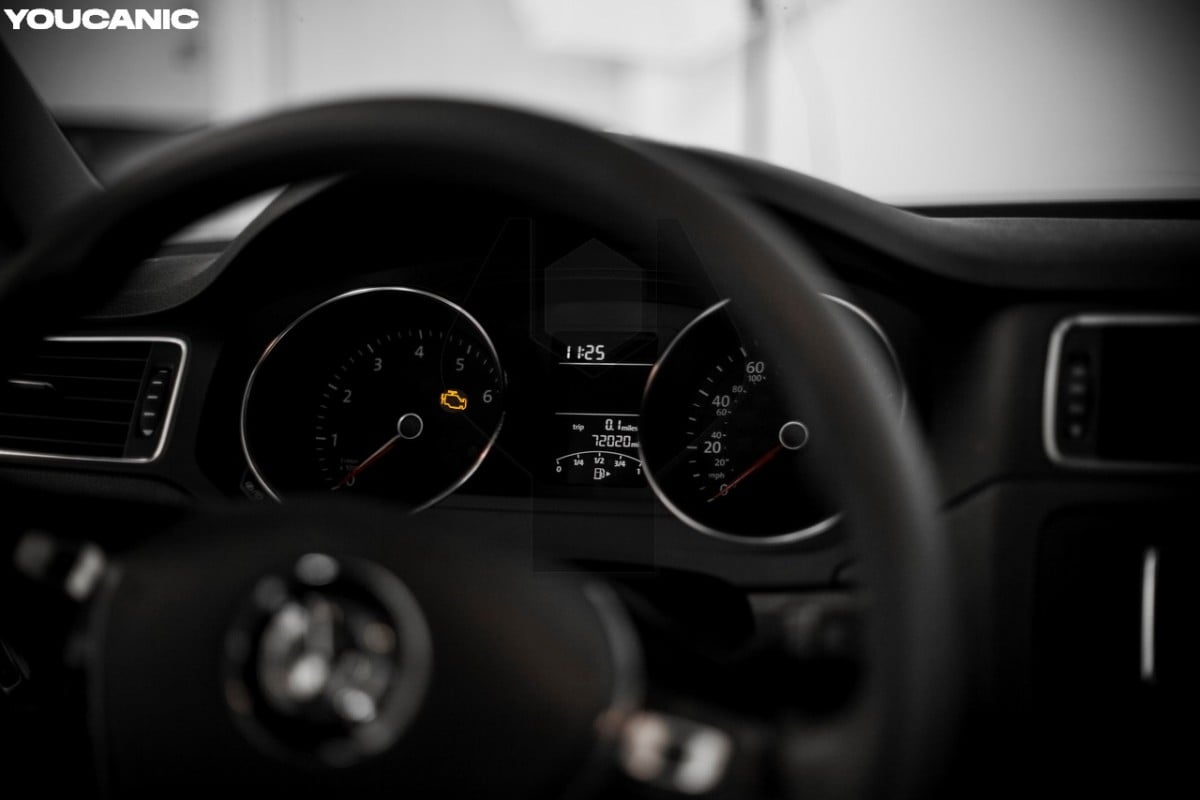
The most common sign of a bad Bank 1 Sensor 2 is the check engine light coming on. You must read the fault codes with an OBD2 scanner. Typical fault codes that come up are:
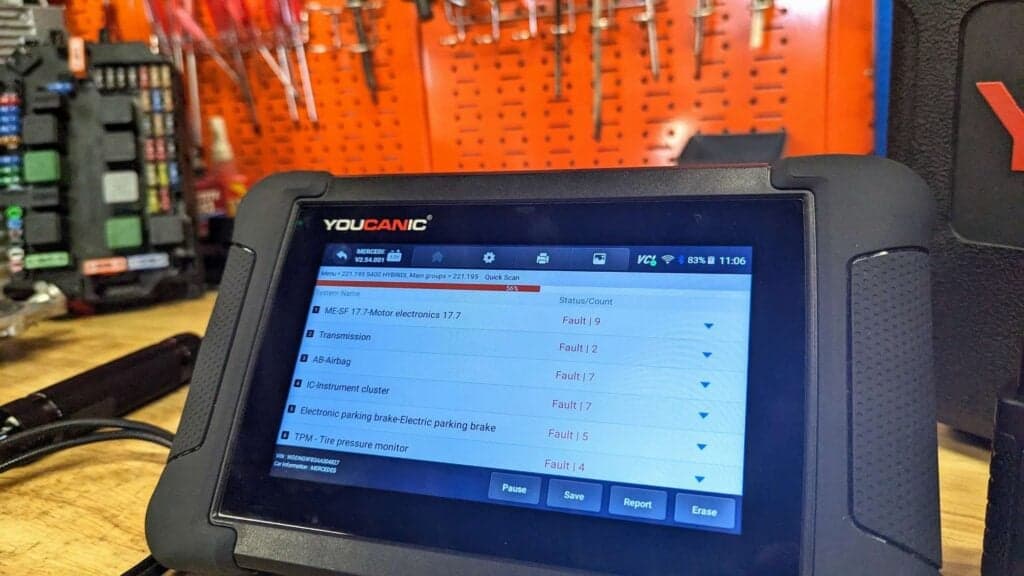
| P0036 | HO2S Heater Control Circuit (Bank 1 Sensor 2) |
| P0037 | HO2S Heater Control Circuit Low (Bank 1 Sensor 2) |
| P0038 | HO2S Heater Control Circuit High (Bank 1 Sensor 2) |
| P0041 | O2 Sensor Signals Swapped Bank 1 Sensor 2/ Bank 2 Sensor 2 |
| P0054 | HO2S Heater Resistance (Bank 1 Sensor 2) |
| P0136 | O2 Sensor Circuit Malfunction (Bank 1 Sensor 2) |
| P0137 | O2 Sensor Circuit Low Voltage (Bank 1 Sensor 2) |
| P0138 | O2 Sensor Circuit High Voltage (Bank 1 Sensor 2) |
| P0139 | O2 Sensor Circuit Slow Response (Bank 1 Sensor 2) |
| P0140 | O2 Sensor Circuit No Activity Detected (Bank 1 Sensor 2) |
| P0141 | O2 Sensor Heater Circuit Malfunction (Bank 1 Sensor 2) |
What is Bank 1 Sensor 2 voltage?
The oxygen sensors have the same working principle. The standard operating condition of an O2 sensor will range from 0.1-1.0 volt.
Sensor 2, being behind the catalytic converter, should give steadier readings. On idle or while cruising at a constant speed, this should be around 0.45 volts.
Is it hard to change Bank 1 Sensor 2?
No, replacing bank 1 sensor 2 is not difficult if you have the right tools. You will need a car jack, jack stands, oxygen sensor socket, and penetrating oil, as O2 sensors tend to rust.
What does Bank 1 Sensor 2 no activity mean?
If there is no voltage from the downstream oxygen sensor, the ECU will assume there is an issue. The same will happen if the sensor fails to react during the rich or lean testing period. In both cases, it will trigger a check engine light, and there will be a corresponding stored code.
Is Bank 1 Sensor 2 before or after the catalytic converter?
Every sensor 2, or downstream sensor as many call it, is always after the catalytic converter.
Where do I find the Bank 1 Sensor 2 fuse location?
In most cars, this fuse is inside the relay box within the engine bay area.
What is an engine bank?
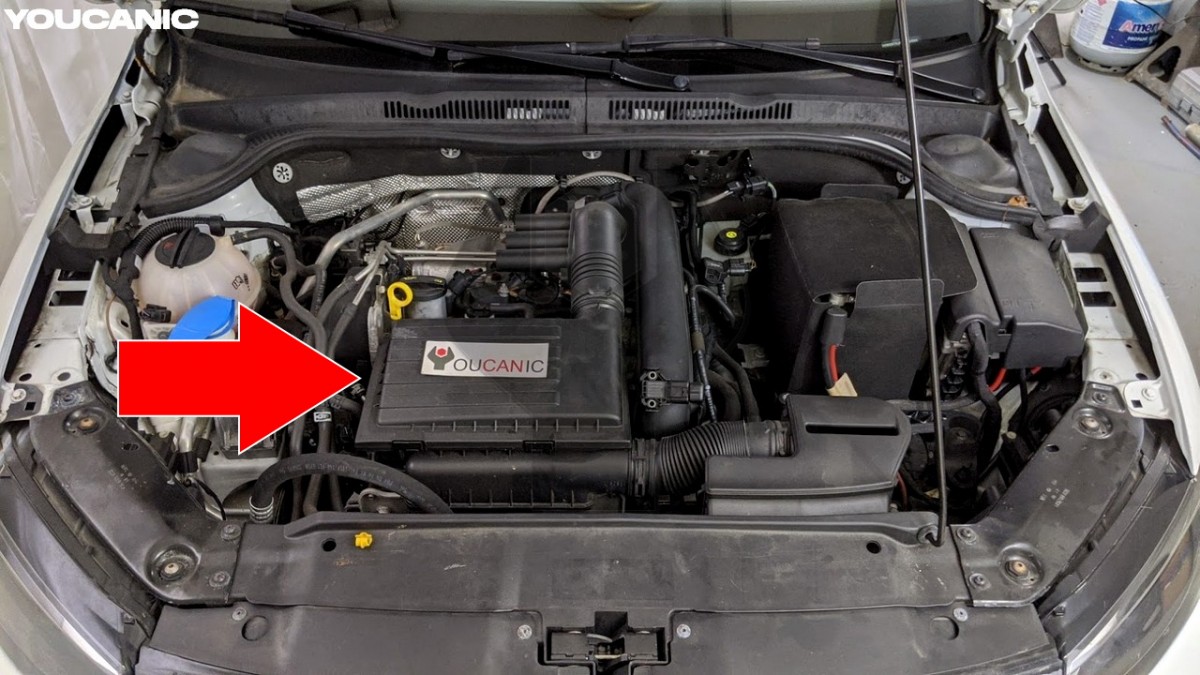
Look under the hood of most cars today; you will find that most engines come in two different configurations.
An in-line configuration is an engine in which the cylinders are put in a straight-line order; hence, it is called an in-line. Although the number of pistons can vary from 3 to 12, an in-line four-cylinder engine is the most commonly used in newer vehicles.
The upside of this configuration is simplicity, thanks to fewer parts and fewer potential failure points. However, more powerful cars usually have an engine that uses a V-shaped configuration, with cylinders ranging from 6 to 12.
These engines have two cylinder heads, one for each bank, with separate intakes and exhausts. While this makes them more compact, the added complexity can make maintenance more difficult and expensive.
All car manufacturers refer to engine sides as banks, giving each of them a corresponding number. The situation is simple with most in-line variants, as the whole engine is one bank. Knowing the proper designation is much more important when dealing with engines in a V-configuration.
Here, one side of the engine is Bank 1, while the other is Bank 2. Although most manufacturers use similar logic when naming the banks in their engines, there is no universal rule. Ensure you have the correct information for your car to avoid mistakes and unnecessary repairs.
Service manuals, authorized dealers, or reputable internet pages are some options. To determine the cylinder pattern, you can also look for markings on the valve covers or ignition cables. The cylinder labeled as number 1 will always be on bank 1, while bank 2 will hold cylinder number 2.
Why do oxygen sensors fail?
Before getting to potential failure points, we must briefly explain how an oxygen sensor works. Despite their different positions and tasks, all oxygen sensors operate on a similar and simple principle. Each sensor’s core is a probe with a special sensing element.
As the exhaust gasses pass by, the difference in oxygen levels between the sensing element and outside air creates a specific voltage. These values range from near zero to almost 1 volt depending on the driving conditions. With the engine and catalytic converter warming up to running temperatures, downstream sensors should show values around 0.45 volts.
You can check these values with a diagnostic tool with a live data feature, such as a YOUCANIC diagnostic tool or a multimeter. Most modern oxygen sensors have a heating element, which helps achieve running conditions faster.
One of the most common causes of oxygen sensor failure is dirt and soot build-up on the probe. These deposits can prevent the flow through the probe and cause incorrect readings.
Cleaning them off with a unique solution is a stop-gap measure, and replacing the sensor is the only reliable solution. The heater can also burn out, causing a corresponding fuse to blow out. Other possible issues include the usual ones for all sensors, ranging from damaged wiring to corroded or loose connectors.
Checking their condition before blaming the sensor itself is a step that may prevent unwanted expenses and future problems.
Conclusion
Let’s try to summarize all this in a few short words. All in-line engines have only one bank, although there are some exceptions regarding exhaust. V-shaped engines have two banks, and one with a cylinder is called bank 1.
The other holds the 2nd cylinder, which we call bank 2. Every bank has an exhaust with two oxygen sensors. The first one is between the engine and catalytic converter, which we call upstream or sensor 1. The O2 sensor behind the catalytic converter is a downstream, post-cat, or sensor 2.
We hope you find the Oxygen Bank 1 Sensor 2 guide helpful. For more help with your vehicle, check these troubleshooting and repair guides.

